Posted on 19 Sep 18
By Dr Dane Vishnubala MBBS PGCME MRCGP DipSEM MFSEM DipSEM (UK & I) FHEA
With the various personal trainer national competitions and skills competitions recently, I started to think about what I really read or used after I qualified as a personal trainer.
While becoming a great personal trainer in terms of knowledge and skills is through a variety of avenues, these should include gaining experience and reading amongst many others. There are now a variety of other forms of media to acquire information and knowledge by.
In terms of reading material, here are the top 7 books I read on qualifying 15 years ago that I felt made an impact on my ability to work as a personal trainer:
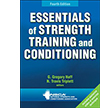 1. NSCA Essentials of Strength and Conditioning
1. NSCA Essentials of Strength and Conditioning
A staple strength and conditioning book, this textbook covers the key principles of strength and conditioning perfectly for a new trainer.
 2. ACSM Exercise Management for Persons with Chronic Disease and Disability
2. ACSM Exercise Management for Persons with Chronic Disease and Disability
This book for me is the bible for chronic disease prescription. This book has been around a while and is regularly updated. The book’s key prescription tables and summary points make it easy reading.
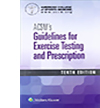 3. ACSM Exercise Testing and Prescription
3. ACSM Exercise Testing and Prescription
A really useful reference book. Written in an easy-to-read format, it covers all you need to know about testing and prescription.
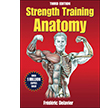 4. Strength Training Anatomy (Delavier)
4. Strength Training Anatomy (Delavier)
This fantastic book is extremely engaging, with amazing illustrations. It guides you through key traditional exercises, what muscles they work and key coaching techniques.
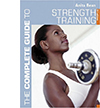 5. Complete Guide to Strength Training. (Anita Bean)
5. Complete Guide to Strength Training. (Anita Bean)
Anita Bean is an extremely good writer and well respected author. This book helped me to understand periodisation at a time where I found I truly hadn’t grasped it.
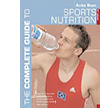 6. Complete Guide to Sports Nutrition (Anita Bean)
6. Complete Guide to Sports Nutrition (Anita Bean)
Nutrition in the fitness industry is always a minefield. This book is evidence based and tells you exactly how it is. The book is extremely applied, which is important when working in a vocational industry.
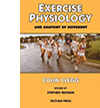 7. Exercise Physiology and Functional Anatomy (Colin Clegg)
7. Exercise Physiology and Functional Anatomy (Colin Clegg)
Getting to grips with exercise physiology and all the terms that come with it, this book is well written with clear line diagrams and images that really aid in helping you to understand the material.
There are a range of other resources I use to keep up-to-date these days, and over the next few months I hope to share them with you.
For those of you starting out or looking to expand your reading material, I would encourage you to have a look at some of the books signposted here. The publisher Human Kinetics does a range of great health and fitness books too.
As always, please do not hesitate to get in touch, whether it’s advice on content or delivery, or any other support we can provide.
Best wishes,

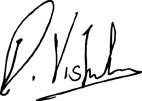
Dr Dane Vishnubala | Active IQ Chief Medical Advisor
MBBS PGCME MRCGP MSc SEM PGCert (MSKUS) DipSEM (UK & I) MFSEM FHEA
@danevishnubala